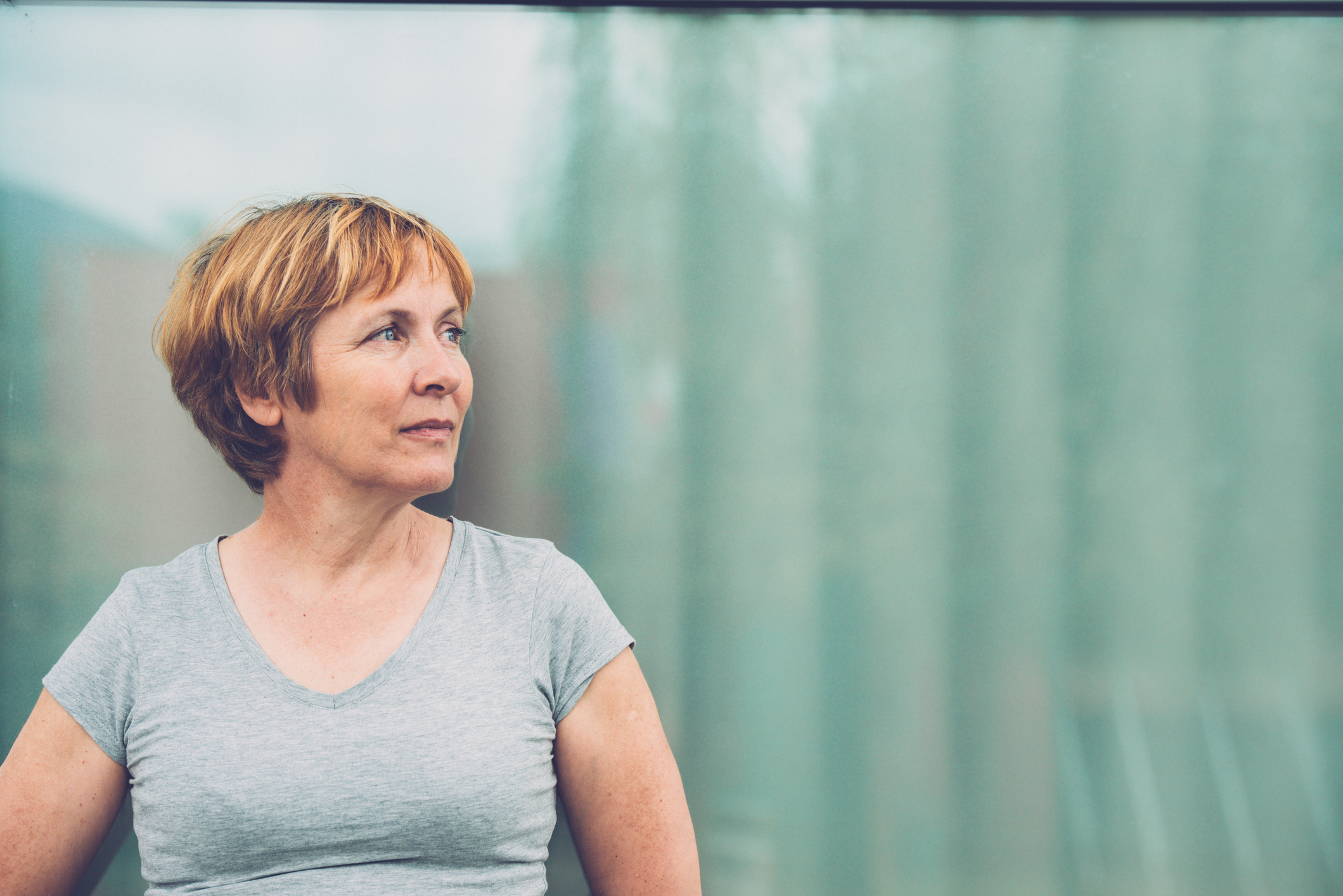Get Easy Health Digest™ in your inbox and don’t miss a thing when you subscribe today. Plus, get the free bonus report, Mother Nature’s Tips, Tricks and Remedies for Cholesterol, Blood Pressure & Blood Sugar as my way of saying welcome to the community!
Symptoms and risks for the ‘over-50’ cancer all women should know

Each year in the United States, about 11,500 new cases of cervical cancer are diagnosed and about 4,000 women die of this cancer.
To detect cervical cancer early, women routinely get a Pap smear (Pap test) at their annual physical exam.
But there’s another gynecological cancer that many women mistakenly think is detected by a Pap smear.
It’s not. There is no screening for this type of cancer — even though it is the most common cancer of the female reproductive system.
And it’s on the rise.
The American Cancer Society predicts that uterine cancer will strike about 66,200 women in the U.S. this year, and around 13,000 will die from it.
That makes knowing these symptoms and risk factors especially important…
Uterine cancer: Trending up
“We’re anticipating that the number of deaths in the United States due to uterine cancer is soon going to outnumber the deaths due to ovarian cancer,” says Dr.Brian Slomovitz.
Dr. Slomovitz is director of gynecologic oncology and co-chair of the Cancer Research Committee at Mount Sinai Medical Center in Florida.
“The increase in cases may be due to obesity, but we’re also seeing longer life expectancy,” he noted. “The older people get, the more likely that they are to get endometrial cancer, obviously.”
The terms “uterine cancer” and “endometrial cancer” are often used interchangeably, but there is a difference.
The inner and outer layers of the uterus are known as the endometrium, and a large majority of uterine cancers occur here. Thus the term “endometrial cancer.”
But about five percent of uterine cancers occur in the muscle of the uterus. These are known as uterine sarcomas.
Both of these are “aggressive diseases with a tremendously high death rate,” explains Dr. Slomovitz. “But all of them fall in the category of uterine cancers.”
Risk factors for uterine cancer
Though younger women can get uterine cancer, most have been found to occur after the age of 50 and in women who have gone through menopause.
By far, the biggest and most modifiable risk factor for uterine cancer is obesity:
- Overweight women with a body mass index (BMI) from 25 to 29.9 have twice the risk of developing uterine cancer as women who are of a healthy weight.
- Once a woman’s BMI reaches 30 or higher, her risk triples!
Fat tissue increases the amount of estrogen in a woman’s body. Estrogen stimulates the buildup of the endometrium.
Under normal circumstances, this is what prepares a woman’s body for pregnancy. But an overabundance of estrogen “stimulates the lining of the uterus to the point of uncontrolled proliferation into cancer,” Dr. Slomovitz explains.
Another health condition that causes elevated estrogen levels and is closely linked to obesity is polycystic ovarian syndrome (PCOS). Women with PCOS are 2.5 times more likely to develop uterine cancer.
After menopause, a woman’s estrogen levels fall off, but these factors come together to create estrogen dominance.
Diabetes, which is also often tied to obesity, doubles a woman’s risk for uterine cancer.
Your family history may also include additional risk factors…
Be vigilant if colon cancer runs in your family. People in families with Lynch syndrome, also called hereditary non-polyposis colorectal cancer (HNPCC), have a higher risk for uterine cancer.
Women must know these symptoms
Because there is no pre-symptomatic screening test for this most common of women’s cancers, women are left on their own to look for symptoms.
The most common symptom of cervical cancer is abnormal bleeding, although it is not always present.
That means for menstruating women, bleeding in between periods. For menopausal women, any bleeding at all should raise a red flag.
Other symptoms include:
- Lower abdominal pain or cramping in your pelvis, just below the belly.
- Thin white or clear vaginal discharge in postmenopausal women.
Lowering your risks
- Because of the strong link between obesity and uterine cancer, working to maintain a healthy weight is paramount. The most successful diet is the one that’s easiest to stick to. Seek professional help if needed.
- Avoid a high-fat diet, not only for weight reasons but because it can increase the risks of several cancers, including uterine.
- Exercise. A combination of aerobic exercise and muscle strengthening has been found to help lower the risk for several kinds of cancer, including endometrial or uterine cancer. In addition, intense exercise may help stop the spread of cancer.
- Manage diabetes well, if you have been diagnosed. If you are not diabetic, watch for these signs of prediabetes to help avoid it.
- Stay away from chemicals linked to uterine cancer
- Visit your gynecologist regularly. Even though no test will detect uterine cancer, having a good relationship with your doctor will develop trust and familiarity. And your doctor can discuss hormone therapy with you. Estrogen-Progestin therapy (EPT) or combined hormone therapy lowers the risk of endometrial/uterine cancer back to normal for menopausal women. Estrogen-only hormone therapy increases the risks.
Editor’s note: Discover how to live a cancer prevention lifestyle — using foods, vitamins, minerals and herbs — as well as little-known therapies allowed in other countries but denied to you by American mainstream medicine. Click here to discover Surviving Cancer! A Comprehensive Guide to Understanding the Causes, Treatments and Big Business Behind Medicine’s Most Frightening Diagnosis!
Sources:
Uterine cancer risk factors and prevention — Cancer.net
Menopausal Hormone Therapy and Cancer Risk — Cancer.org












